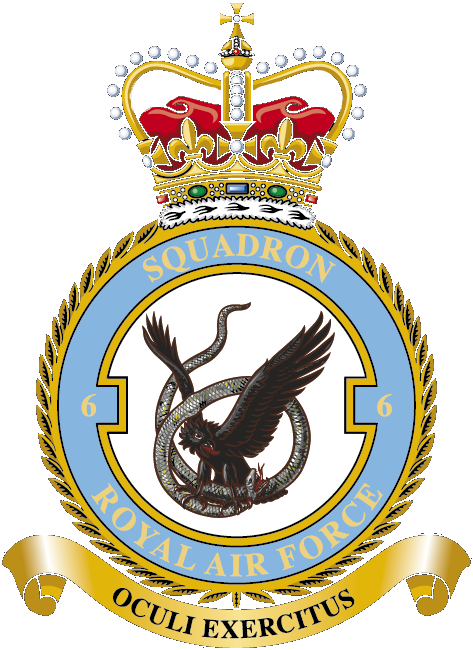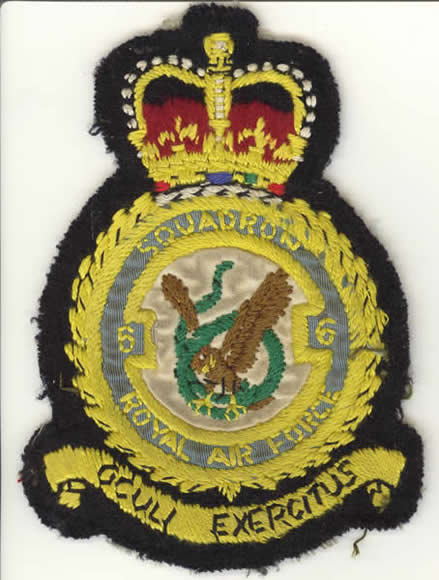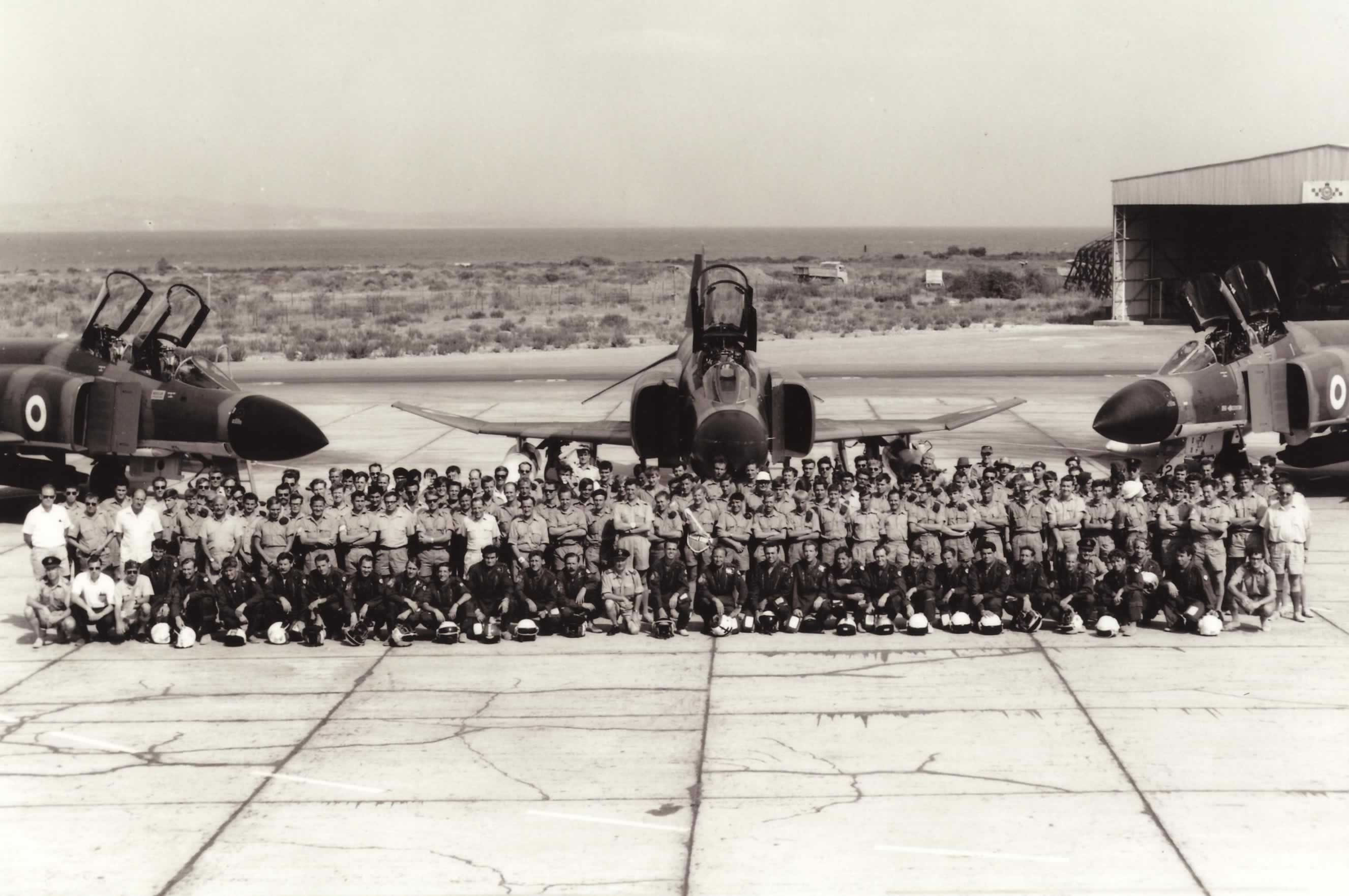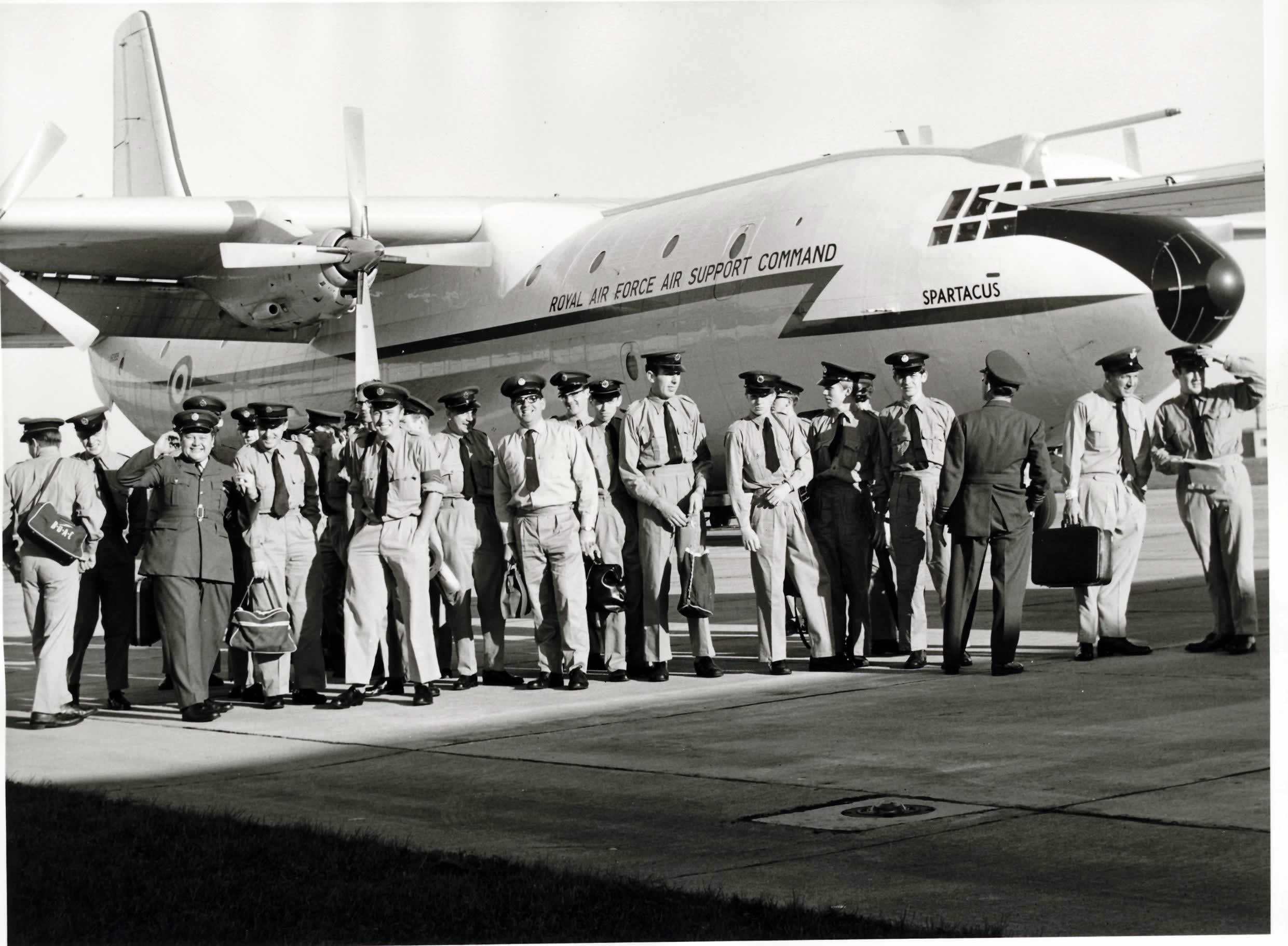No 6 Squadron
RAF Coningsby
7 May 1969 - 1 Oct 1974
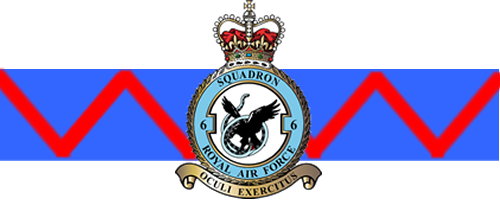
Formed at Farnborough on 31 January 1914, No 6 Sqn, RFC, worked up with fixed-wing aircraft and also had responsibility for the Kite Flight, transferred from No 1 Sqn. After arriving in France in August 1914, the Squadron immediately lost its aircraft to other under-strength units. In July 1915, equipped with BE2s, Capt G L Hawker was awarded the VC for outstanding courage and determination during 11 months of continuous operational flying. The Squadron finished the war flying RE8s, and shortly after the end of the War, it transferred to Iraq and re-equipped with Bristol Fighters.
During the following years, it undertook operations against various uprisings before transferring to Egypt in 1929 and receiving Fairey Gordon bombers. Following increased tension between Arabs and Jews No 6 Sqn moved to Ramleh in Palestine during 1937 with Hawker Hardys. During the early part of WWII, the Squadron and its Lysanders remained in Palestine, but detached aircraft to the Western Desert until 1941 when Hurricanes were on strength. Further action in the Desert on anti-tank duties continued from 1942 until the end of the North African campaign. After converting to rocket-firing Hurricanes in 1944, the Squadron moved to Italy and flew the remainder of the War over the Balkans. A brief stint in Palestine after the War as followed by a move to Cyprus with Tempests.
During 1948 the unit received Vampires and a series of moves around the Middle East followed before finally arriving back in Cyprus with Venoms. Before receiving Canberras in 1956, No 6 Sqn took part in the Suez operation with its Venoms. The Squadron finally left the Middle East in 1969 when it moved to Coningsby to become the first Phantom Squadron. During 1974, No 6 Sqn moved to RAF Coltishall and re-equipped with Jaguar fighter bombers. Operational deployments with the Jaguar have seen the squadron involved in Operation Granby (Gulf War 1), Warden (later Op Resinate North - Northern Iraq - until 2003) and Deny Flight (Balkans). In April 2006 No 6 Sqn moved to RAF Coningsby where it was the last RAF Sqn operating the Jaguar.
On Monday 6 September 2010, Number 6 Squadron, the first Typhoon squadron in Scotland, officially stood up at Royal Air Force Leuchars. The Typhoon is the RAF’s state of the art multi-role combat aircraft that entered operational service in 2007. The Squadron took over responsibility for providing the northern element of the Quick Reaction Alert force in March 2011, providing aircraft and crews on high alert to scramble and intercept unidentified aircraft approaching UK airspace. In June 2014, as Leuchars ran down, the squadron moved to its new home in RAF Lossiemouth.

 No. 228 OCU
No. 228 OCU No 6 Sqn
No 6 Sqn No 54 Sqn
No 54 Sqn XLI Sqn
XLI Sqn II(AC) Sqn
II(AC) Sqn No 14 Sqn
No 14 Sqn No 17 Sqn
No 17 Sqn No 31 Sqn
No 31 Sqn No 64(R) Sqn
No 64(R) Sqn No 43(F) Sqn
No 43(F) Sqn No 111(F) Sqn
No 111(F) Sqn No 29(F) Sqn
No 29(F) Sqn No 23(F) Sqn
No 23(F) Sqn No 56(F) Sqn
No 56(F) Sqn No 74(F) Sqn
No 74(F) Sqn No 19(F) Sqn
No 19(F) Sqn No 92(East India) Sqn
No 92(East India) Sqn No 23(F) Sqn
No 23(F) Sqn 1435 Flt
1435 Flt RAF Coningsby
RAF Coningsby RAF Bruggan
RAF Bruggan RAF Laarbruch
RAF Laarbruch RAF Leuchars
RAF Leuchars RAF Wattisham
RAF Wattisham RAF Wildenrath
RAF Wildenrath RAF Stanley
RAF Stanley RAF Mount Pleasant
RAF Mount Pleasant